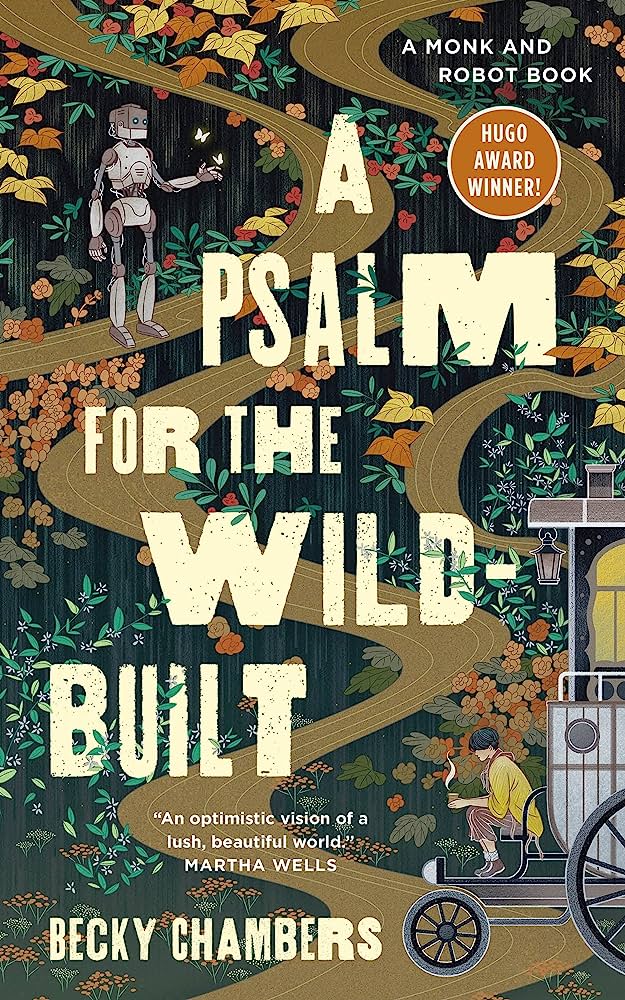
7 Sci-Fi Hopepunk Books to Improve Your Day
Words By Simon Kerr
This article has a strict guest list—wholesome books only. Hopepunk is a subgenre of sci-fi/fantasy wherein authors ask the important questions: What if humans don’t ruin everything? What if the future isn’t so bad? What if it’s kind of exciting and cool? What if the color green still exists in a hundred years?
We’re all accustomed to a long line of dystopian fiction, apocalypses in muted tones, unhinged space raiders, and militarized teenagers. None of that here. The ruins are overgrown with lush fauna, the raiders are pretty reasonable, the kiddos are goofballs, and the protagonists refuse to give up on being kind.
This list is sorted by the highest ratio of warm-fuzzies to oh-shit-conflict. In other words, sorted by least likely to induce stress to most. Cozy up in your PJs, light a scented candle, and read a story that will make you hope for better.
- A Psalm for the Wild-Built by Becky Chambers

Crowned by many as the current monarch of hopepunk, this book follows Sibling Dex, a tea monk devoted to the deity of small enjoyments. Sound like the wholesome meter is already maxed out? There’s more. They meet Mosscap, the first robot to leave the wilds and encounter a human in centuries, whose goal is to ask humans, “What do people need?”
There’s much in this story we all want: a tiny home on wheels, a vocation drinking tea, community-centric tree villages, small bear decorations, a society where gender and sexuality aren’t inherently labeled or considered important and therefore people can simply exist as they are. That sort of thing. Wild-Built’s setting on a socialist, green moon where kindness makes the world go ’round is the key to its hopepunk status. The story is steeped in optimism as well, a gentle unlearning of those pesky high expectations we hold ourselves to.
A Psalm for the Wild-Built will relieve more stress in you than a delicious cup of tea, though you should probably enjoy both, just to be sure.
- The Wayfarers series by Becky Chambers
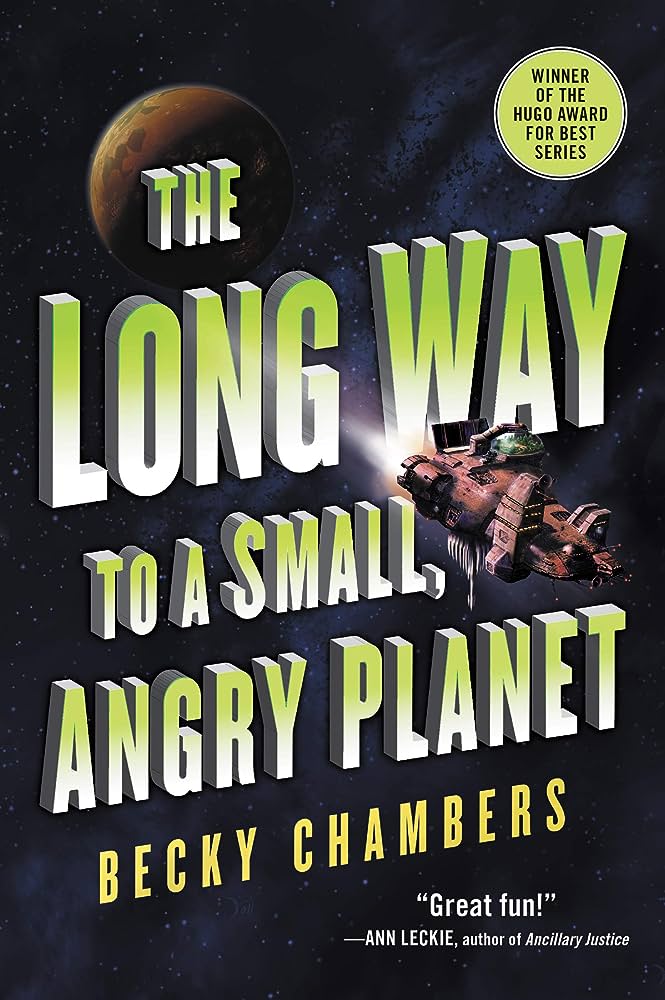
Cramming four books into one entry may not be fair game, but all of the Wayfarers books have a special spark of hope. The first entry, The Long Way to a Small, Angry Planet, follows the crew of a wormhole-digging spaceship. In this distant future, humanity coexists with countless alien species.
The biodiversity in this universe is what fills you with awe. Aliens aren’t just humanoids with blue skin, etc., but a caterpillar-esque cook, a species that uses luminescent skin to communicate, and reptilian people with a deep culture around physical touch. Alongside the intergalactic government–level conflicts, swathes of loveliness exist among the various settings and character groups these novels focus on. And the food. If you think nothing could make you want to eat a burger made of grasshoppers, you will find yourself very surprised.
- The House in the Cerulean Sea by TJ Klune
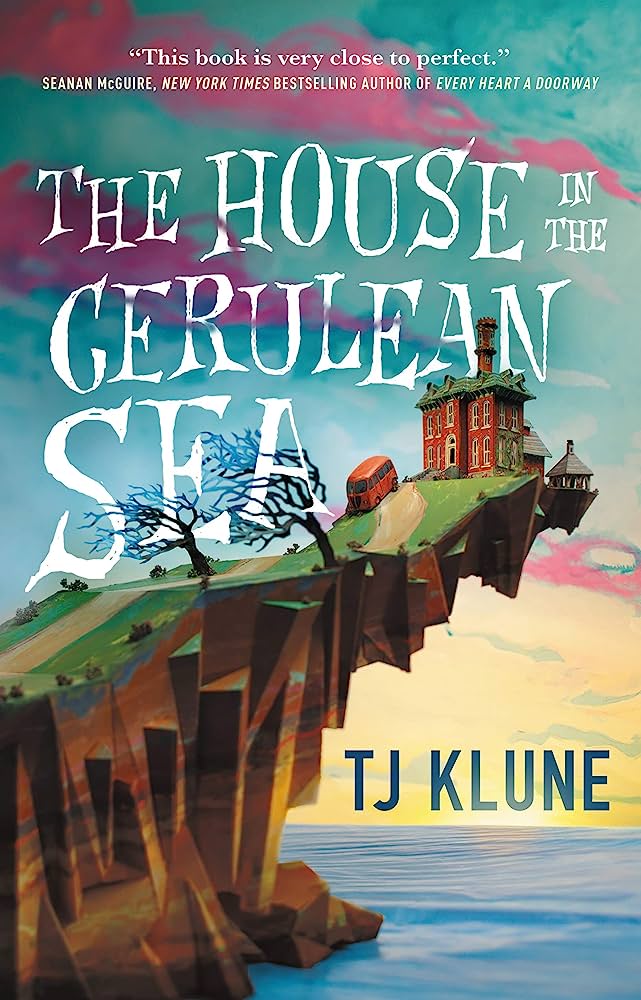
This book has the heart and atmosphere of a Pixar movie, which should express the exact intersection of charming and goofy it hits. Linus, a social services agent, is sent to assess an orphanage for magical children. The children in residence are just your typical kids, like a gnome, a blob who wants nothing more than to be a lobby boy, and the antichrist.
The House in the Cerulean Sea is the patron saint of second chances, the warmest found family read there is. For anyone with a mind-numbing job who dreams of a seaside vacation, optimism and an open heart gets you there in this book.
- The Murderbot Diaries by Martha Wells
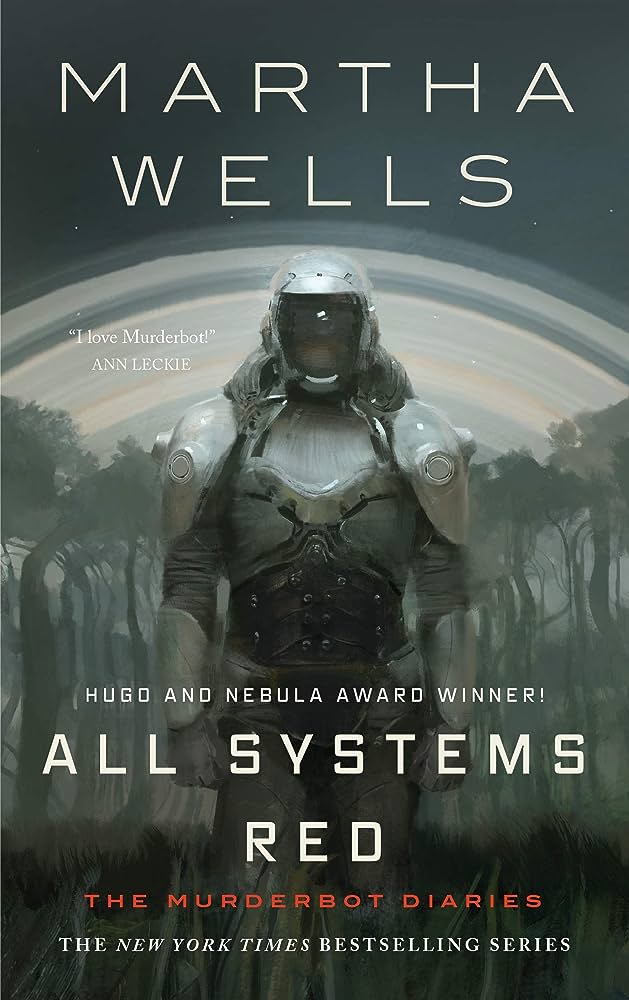
Murderbot chronicles its adventures protecting squishy humans from various planetary hazards and assassination attempts. The first novella in this series, All Systems Red, is Murderbot’s initial foray into caring about people way more than it says it does. Sometimes a family can be an optimistic survey crew and their incredibly angry, powerful, and media-loving security android.
The Murderbot Diaries paints a future that seems grim at first glance. Capitalism rules the stars, and our salty narrator Murderbot is seen by the Corporation Rim as nothing more than a product. But the hopepunk is in the details—Murderbot always finds a group of wayward humans to take care of, and an action-packed way to screw over the corporates. Despite the sections of the universe that operate on greed, there are places in this series where future life looks pretty bright.
- Project Hail Mary by Andy Weir
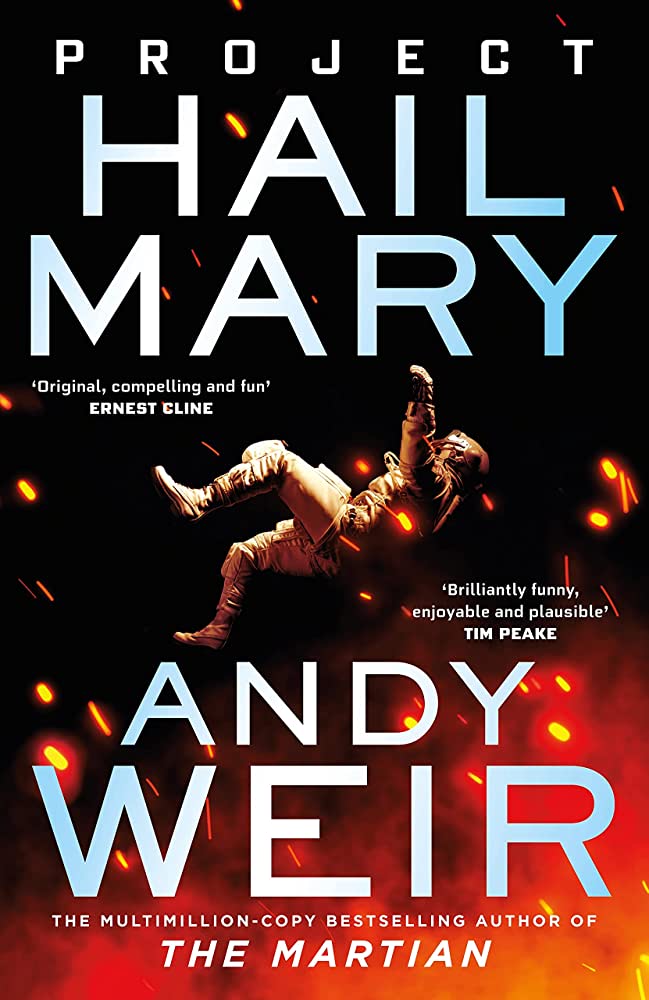
What is one to do when they wake up on a spaceship with no memory of boarding it? Rylan, though it takes a while for him to remember it, is humanity’s last hope. His primary skills include science, optimism, and making friends.
The main character carries the hopeful tint of Project Hail Mary. Rylan is a ray of sunshine in the midst of circumstances that sorely need just that—read the book to understand why you should chuckle. This entry is lower on the list because of the world-ending threat that may stress out some readers, but the lovely friendship and the satisfying problem-solving in this book will still warm your heart.
- The Calculating Stars by Mary Robinette Kowal
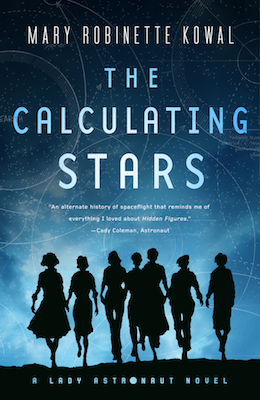
In an alternate history, a cataclysmic event causes the Space Race to heat up a few years earlier, with a much keener motivation: secure a home in the stars before it’s too late. Elma, a pilot and mathematician, has her eye on being the first woman in space.
While The Calculating Stars is also lower down on this list because of a world-ending event, the tenacity of those committed to launch into space despite the traditions holding them back is hopeful. Be warned, however, that the book showcases some of the most frustrating parts of real life, such as annoying men questioning every action women take. That said, most of it is very satisfying.
Author’s note: I highly recommend the audio book. Mary Robinette Kowal reads it herself, and she is a trained voice actor.
- To Be Taught If Fortunate by Becky Chambers
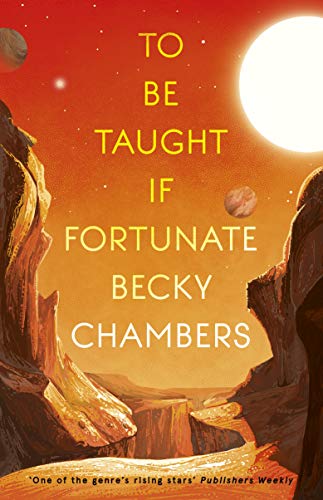
Hopepunk is Becky Chambers’s niche. In this novella, four scientists travel in cryo to study the flora and fauna of different planets. Each character is lovely and so appreciative of the magnificence around them, it’ll take you right back to your bug/space/plant phase as a kid.
To Be Taught If Fortunate accomplishes a great deal of wonder in a few pages. However, it’s low on this optimism scale because when this book chooses to hit hard, it hits hard. One chapter in particular might remind you too much of the deep quarantine times, so protect your emotional health foremost.
A couple honorable mentions others frequently list, but I personally wouldn’t categorize as hopepunk, include Binti and The Fifth Season. Both are excellent, just not as hyper optimistic as the others on this list.
The next time you’re looking for a sci-fi/fantasy read to boost your mood, check out one of these wholesome reads. Looking for other recommendations? Our blog has book reviews, editorial articles, and more for your reading life.